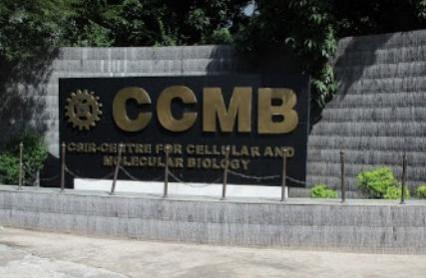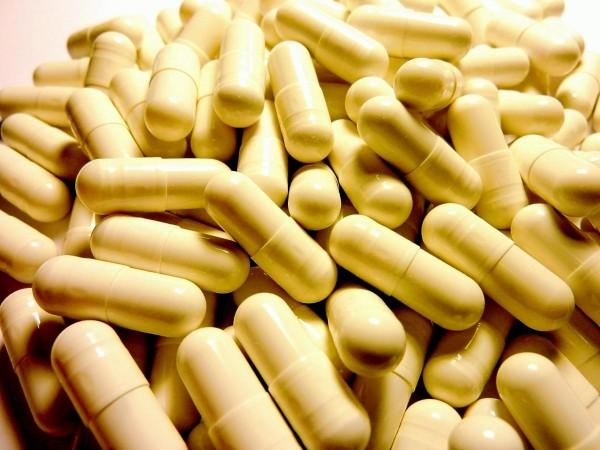A study at CSIR-Centre for Cellular & Molecular Biology (CCMB) has unravelled the basis for side effects of statins.
Statins are one of the top selling drugs worldwide and are used for lowering cholesterol in patients with high blood cholesterol. These drugs act by inhibiting a key enzyme (HMG-CoA Reductase) needed for making cholesterol in the body.
In spite of their popularity, statins have been reported to give rise to severe side effects to long-term users, but the molecular basis of these side effects was not clear.
However, recent work from Prof. Amitabha Chattopadhyay's group at the CSIR-CCMB suggests that statins could induce changes in the architecture of cells as well, possibly leading to the side effects.

The cell's architecture, called the cytoskeleton, is made of proteins such as actins, which form polymers. They lie beneath the plasma membrane that surrounds each cell in the human body, and help the cells maintain their shape and size.
Prof Chattopadhyay's study shows that statins could induce polymerisation of actin cytoskeleton, in addition to cholesterol lowering.
Published in Journal of Lipid Research (by the American Society of Biochemistry and Molecular Biology), the study shows that statins affect actins as a result of multiple cellular signalling pathways.
"Our results constitute one of the first comprehensive reports dissecting the mechanistic basis underlying the interplay between cellular actin level and cholesterol biosynthesis, and provide a molecular basis for the reported side effects of statin treatment," said Dr Parijat Sarkar, who is the first author of the paper.

"These findings could provide vital clues in dissecting the biochemical processes that give rise to adverse effects of statins, thereby helping to develop better drugs in the future," said Prof Chattopadhyay.

















